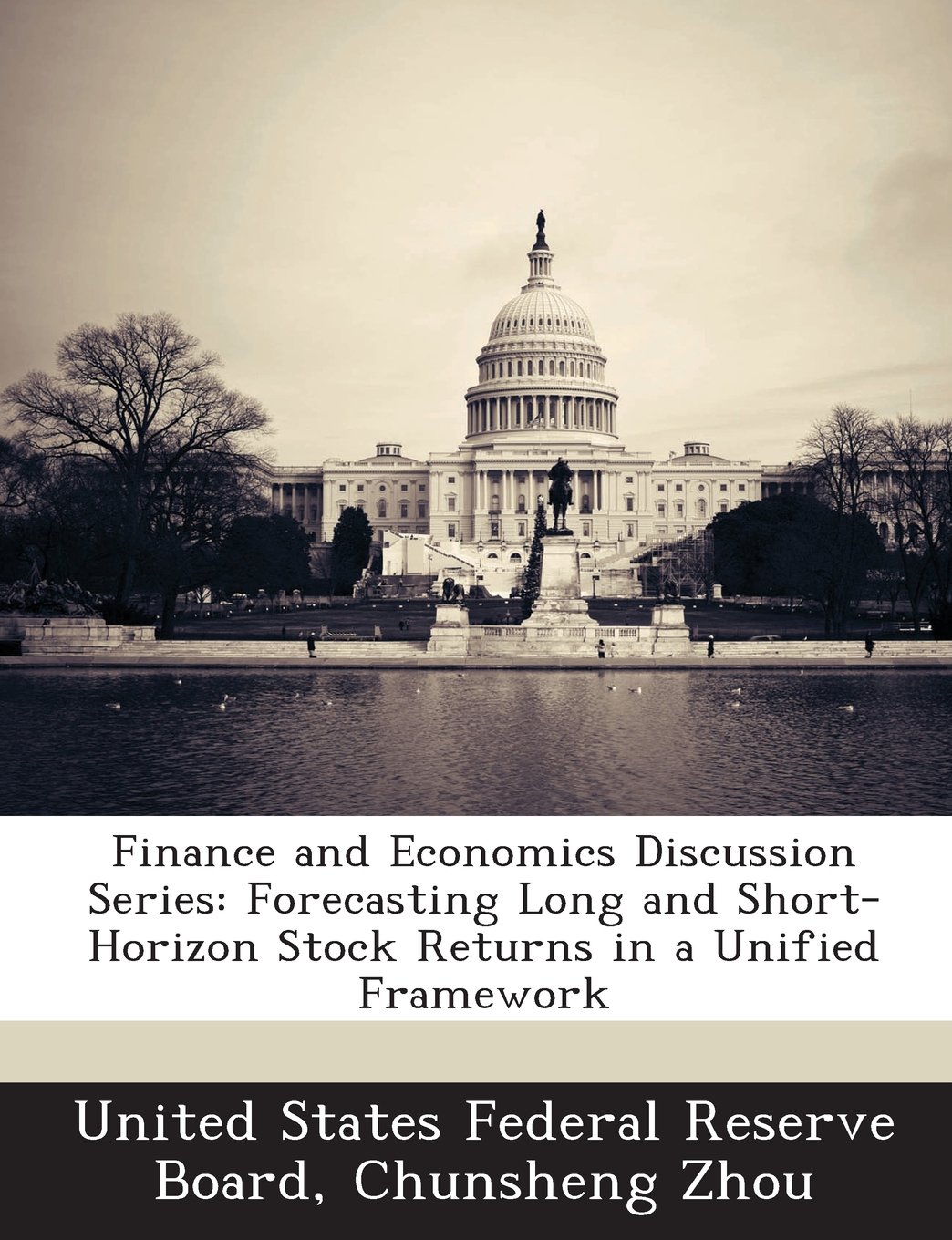Understanding the Max Federal Student Loan Amount: What You Need to Know
#### Max Federal Student Loan AmountThe **max federal student loan amount** refers to the highest amount of money that students can borrow through federal s……
#### Max Federal Student Loan Amount
The **max federal student loan amount** refers to the highest amount of money that students can borrow through federal student loan programs to finance their education. This amount varies based on several factors, including the type of loan, the student's year in school, and whether they are considered a dependent or independent student.
#### Types of Federal Student Loans
There are several types of federal student loans available, each with its own maximum borrowing limits. The most common types include:
1. **Direct Subsidized Loans**: These loans are available to undergraduate students who demonstrate financial need. The government pays the interest while the student is in school, which helps reduce the overall cost of borrowing.
2. **Direct Unsubsidized Loans**: These loans are available to both undergraduate and graduate students, and there is no requirement to demonstrate financial need. However, the borrower is responsible for paying the interest at all times, including while in school.
3. **Direct PLUS Loans**: These loans are available for graduate or professional students and for parents of dependent undergraduate students. The maximum amount a borrower can receive is the cost of attendance minus any other financial aid received.
#### Max Federal Student Loan Amounts by Year
The maximum federal student loan amounts differ based on the student's academic level:

- **Dependent Undergraduates**:
- Freshman: Up to $5,500 (maximum $3,500 subsidized)
- Sophomore: Up to $6,500 (maximum $4,500 subsidized)
- Junior/Senior: Up to $7,500 (maximum $5,500 subsidized)
- **Independent Undergraduates**:
- Freshman: Up to $9,500 (maximum $3,500 subsidized)
- Sophomore: Up to $10,500 (maximum $4,500 subsidized)

- Junior/Senior: Up to $12,500 (maximum $5,500 subsidized)
- **Graduate/Professional Students**:
- Up to $20,500 per year in Direct Unsubsidized Loans.
- **PLUS Loans**: No specific limit, but the total amount borrowed cannot exceed the cost of attendance.
#### Factors Influencing Loan Amounts
Several factors can affect the maximum federal student loan amount a student can receive. These include:
- **Cost of Attendance**: Schools determine their cost of attendance, which includes tuition, fees, room and board, and other expenses. The total financial aid package, including loans, cannot exceed this amount.

- **Financial Need**: For subsidized loans, financial need is a crucial factor. The FAFSA (Free Application for Federal Student Aid) helps determine this need based on family income and other criteria.
- **Dependency Status**: Whether a student is considered dependent or independent can significantly impact the amount they can borrow. Independent students often have higher borrowing limits.
#### Conclusion
Understanding the **max federal student loan amount** is crucial for students planning to finance their education through federal loans. By knowing the types of loans available and the specific limits associated with each academic level, students can make informed decisions about their borrowing needs. It’s essential to also consider the long-term implications of student loans, including repayment options and interest rates. Always consult with your school’s financial aid office for personalized advice and to ensure you are maximizing your federal student loan benefits.